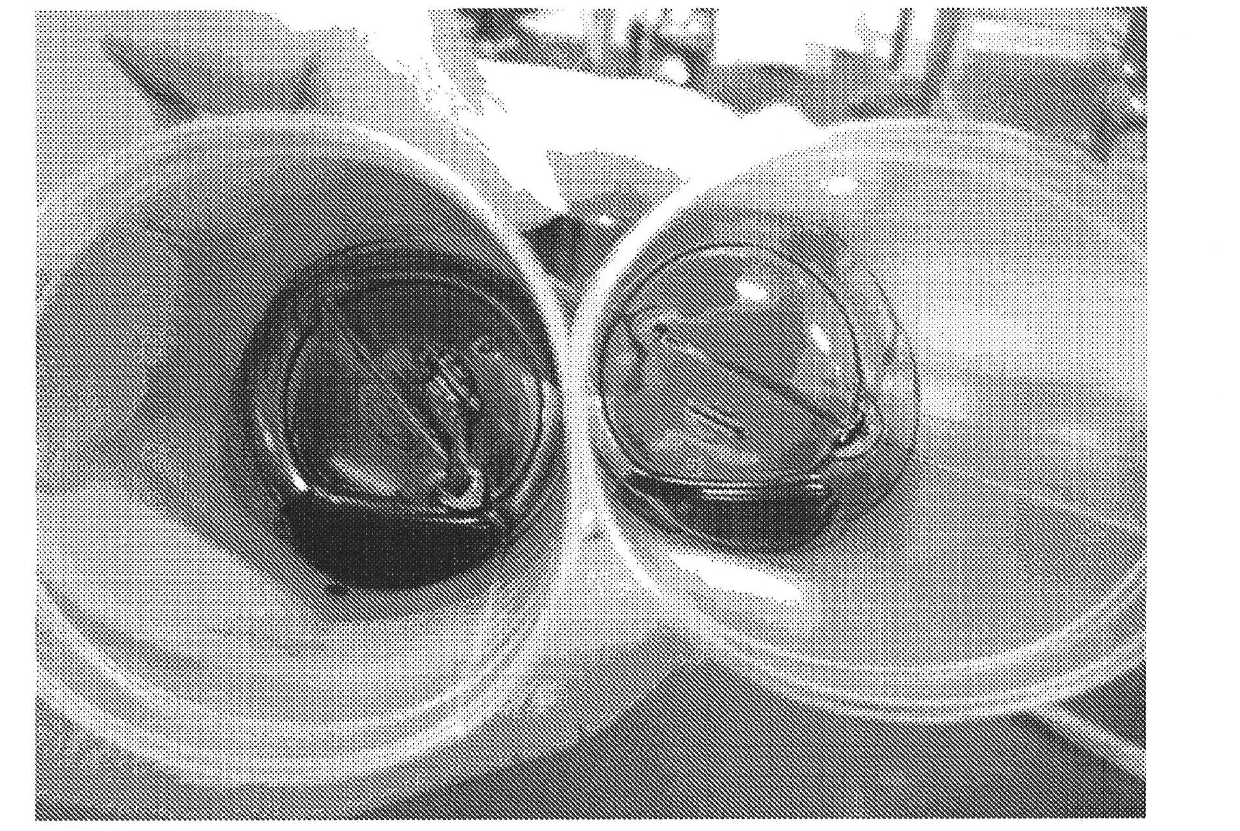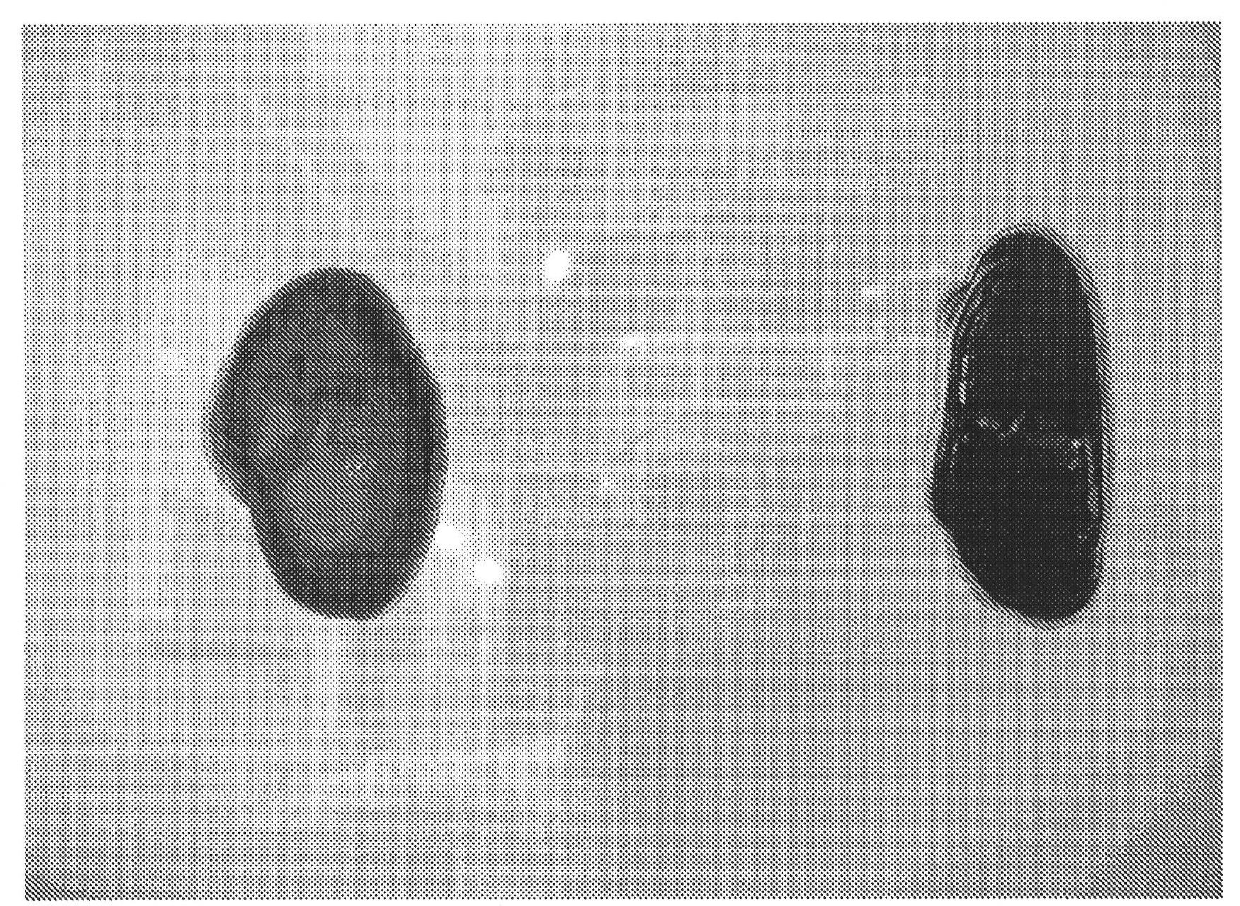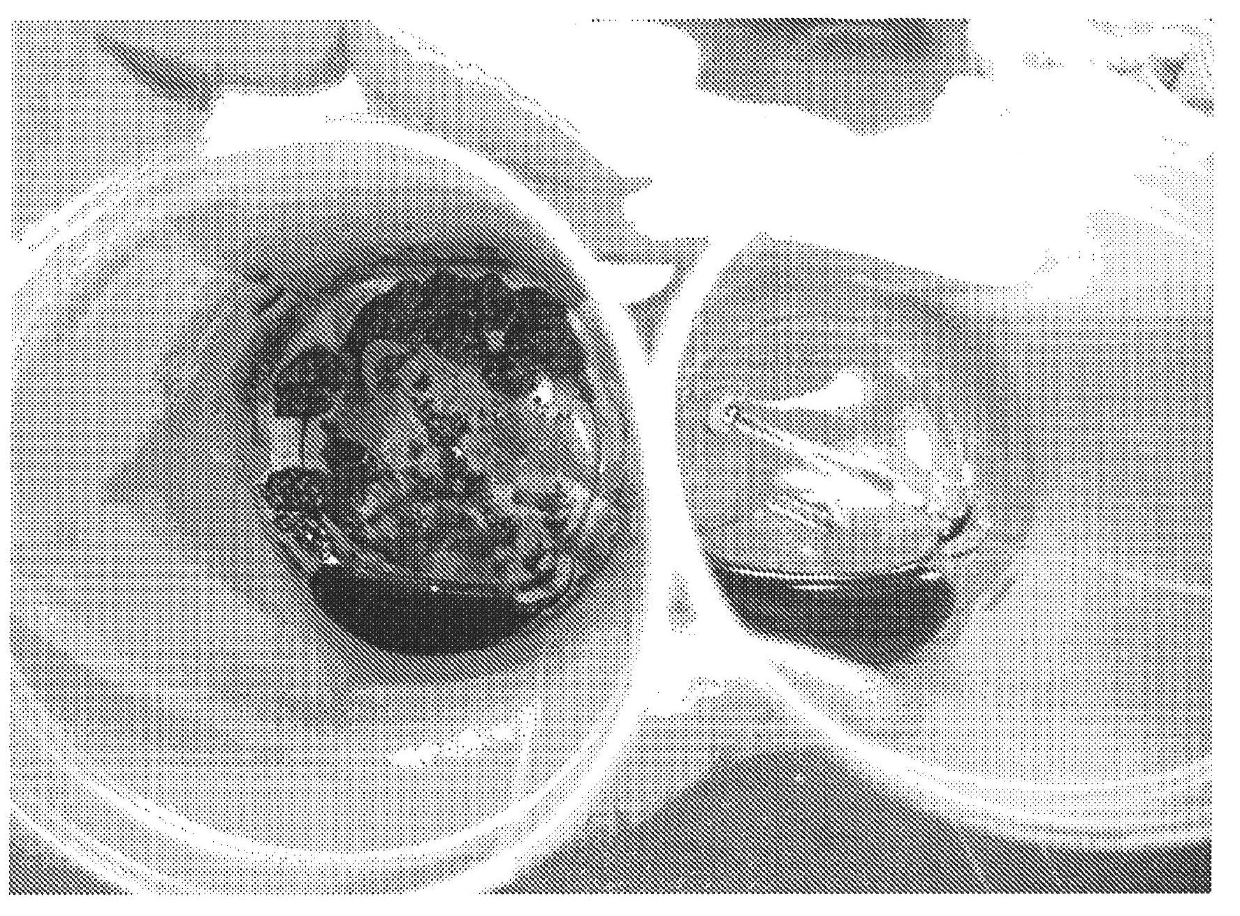Electrically conductive polymer composition and method for producing same
一种导电性高分子、高分子化合物的技术,应用在导电材料、导电材料、导体等方向,能够解决高溶解性、难以兼具、高电导率等问题,达到稳定性高的效果
- Summary
- Abstract
- Description
- Claims
- Application Information
AI Technical Summary
Problems solved by technology
Method used
Image
Examples
Embodiment
[0126] Although the conductive polymer composition of the present invention was specifically described by showing examples, the present invention is not limited to these examples.
[0127] In the examples, the molecular weight and the surface resistance value were measured by the following methods.
[0128]
[0129] Measurement was carried out by GPC under the following conditions.
[0130] Device name: HLC-8120 (manufactured by Tosoh Co., Ltd.)
[0131] Column: GF-1G7B+GF-510H Q (Asahipak: registered trademark, manufactured by Showa Denko Co., Ltd.)
[0132] Standard material: polystyrene and sodium polystyrene sulfonate
[0133] Sample concentration: 1.0mg / ml
[0134] Eluent: 50 mmol lithium chloride aqueous solution / CH3CN=60 / 40wt
[0135] Flow: 0.6ml / min
[0136] Column temperature: 30°C
[0137] Detector: UV254nm
[0138]
[0139] Measurement was carried out by the four-terminal four-probe method using Low Resistivity Meter Loresta GP and PSP probes manufactured...
preparation example 1
[0141] With a mixer, nitrogen inlet tube, reflux condenser, inlet and thermometer, capacity 1000cm 3 In a four-necked flask, drop 24.3g of sodium methacrylate 2-ethanesulfonate (MS-2N) (25% by mole), 25.7g of acetoacetoxyethyl methacrylate (AAEM) (25% by mole) 15%), 42.8g of benzyl methacrylate (BzMA) (30% by mole), 48.2g of 2-ethylhexyl methacrylate (2EHMA) (30% by mole), 150g of ion-exchanged water, 300 g of isopropyl alcohol (IPA). While introducing nitrogen into the flask, the temperature of the mixture in the flask was raised to 70°C. Then, 0.7 g of azobisisobutyronitrile was charged into the flask, and a polymer solution (A-1) containing a polymer compound (A) was obtained by performing a polymerization reaction at 70° C. for 18 hours.
[0142] Move the whole amount of the resulting polymer solution (A-1) to 2000cm 3 500 g of hexane was added while being stirred by a stirrer, and then left to stand for 1 hour to remove the oil layer containing impurities. The solutio...
preparation example 2~11
[0145] Polymer compounds (AP-2) to (AP-11) were obtained in the same manner as in Preparation Example 1 except that the monomers were replaced with those shown in Table 1-1. In addition, Mw of polymer compounds (AP-2) to (AP-11) is shown in Table 1-1. In addition, Preparation Example 1 is also shown in Table 1-1.
[0146] 【Table 1-1】
[0147]
[0148] The abbreviations in Table 1-1 are as follows.
[0149] MS-2N: Sodium 2-ethanesulfonate methacrylate
[0150] NaSS: sodium styrene sulfonate
[0151] AAEM: Acetoacetoxyethyl methacrylate
[0152] PME-100: Methoxydiethylene glycol methacrylate
[0153] BzMA: benzyl methacrylate
[0154] 2EHMA: 2-Ethylhexyl methacrylate
[0155] CHMA: Cyclohexyl methacrylate
[0156] HEMA: 2-Hydroxyethyl methacrylate
PUM
| Property | Measurement | Unit |
|---|---|---|
| weight-average molecular weight | aaaaa | aaaaa |
| number average molecular weight | aaaaa | aaaaa |
Abstract
Description
Claims
Application Information
 Login to View More
Login to View More - R&D
- Intellectual Property
- Life Sciences
- Materials
- Tech Scout
- Unparalleled Data Quality
- Higher Quality Content
- 60% Fewer Hallucinations
Browse by: Latest US Patents, China's latest patents, Technical Efficacy Thesaurus, Application Domain, Technology Topic, Popular Technical Reports.
© 2025 PatSnap. All rights reserved.Legal|Privacy policy|Modern Slavery Act Transparency Statement|Sitemap|About US| Contact US: help@patsnap.com



